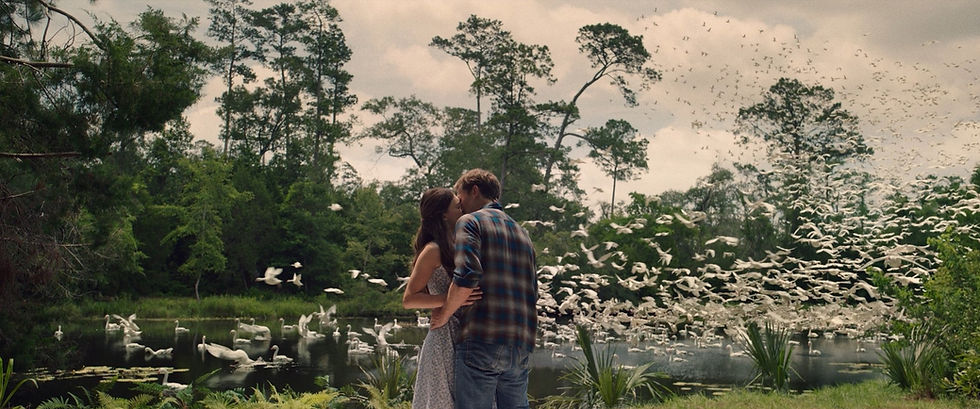The Hidden Cost of Overloading Filmmakers
- mediabeecolorlab
- May 28
- 2 min read
You wouldn’t ask a sound mixer to light a scene.
Or expect a director to design costumes.
So why do we keep asking one person to shoot, edit, and grade a film?

The fastest way to weaken a story is to ask one person to do five jobs. It happens every day — especially with color.
Somewhere along the line, in the race to move fast and spend less, we forgot that filmmaking is a team sport. A creative collaboration built on depth, not speed. And in that rush, color grading often gets treated like a decorative touch — something slapped on with a LUT before export. But color isn’t decoration. It’s structure. It’s emotional design. It’s what tells the viewer how to feel before a single word is spoken.
I’ve seen editors with great instincts try to balance a timeline while managing color correction, motion graphics, and client revisions — all at once. Cinematographers who spend 12 hours on set, then go home and open Resolve because "there’s no one else." Directors who shoot their own footage, cut it in Premiere, color it with a YouTube LUT, and wonder why it doesn’t feel like a movie.
This isn’t about talent. It’s about respect for the depth each craft requires.
Color grading is not a filter. It’s sculpting light and contrast to serve the tone. It’s controlling saturation so a performance hits harder. It’s pulling a viewer closer or pushing them away through warmth, hue, or texture. Done right, it’s invisible. You don’t notice the color — you feel it.
When grading is treated as an afterthought, you can tell. The shadows are muddy. The skin tones shift. The emotion doesn't land. It’s like trying to play a symphony where one instrument never got tuned.
I’m not saying everyone needs a giant post team. I understand budgets are real. Indie filmmaking is often fueled by passion more than cash. But passion deserves precision. And if we want stories that resonate, we have to start respecting each role for what it is — a discipline of its own.
If you're an editor, you shouldn’t have to carry the look of the film on your shoulders.
If you're a DP, you deserve a colorist who protects your image the way you envisioned it.
And if you’re a director — know this: when you bring in people who are masters of their lane, your story will come alive in ways you never imagined.
So no, color isn’t a “task.”
It’s not a checkbox.
It’s a language.
It’s the soul of the frame.
Let’s bring back the power of specialization in filmmaking.
Not because we’re purists — but because the story deserves it.




Comments